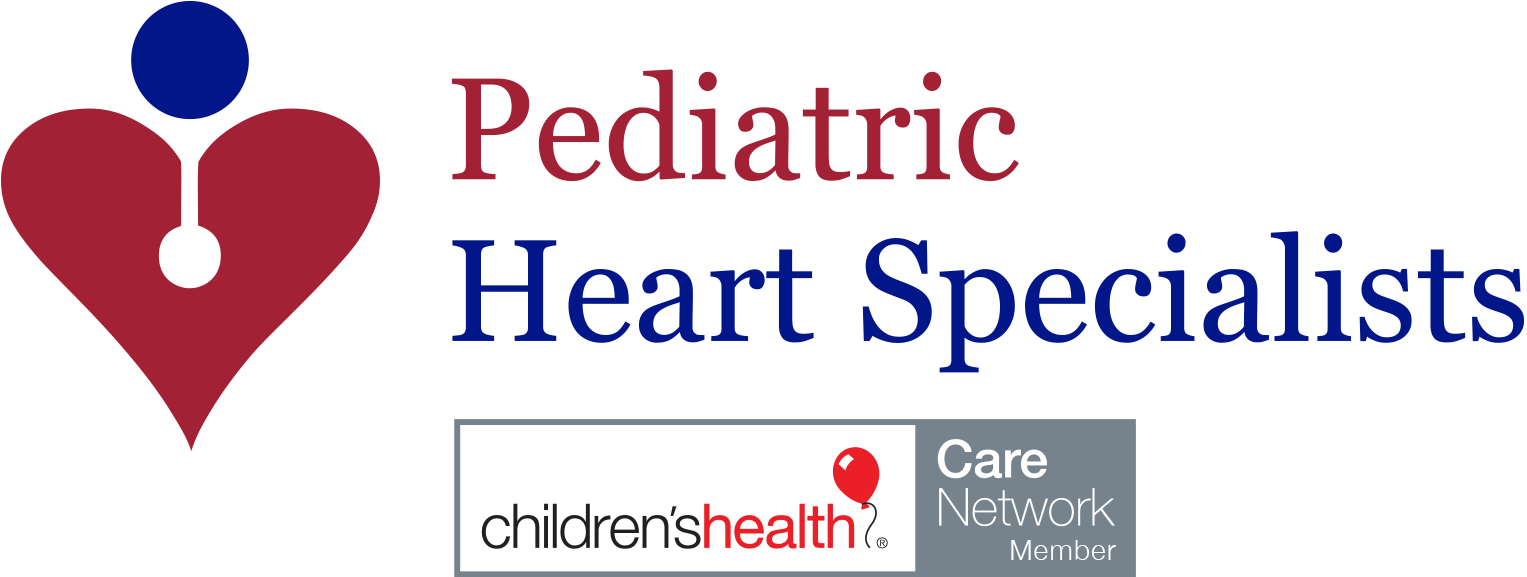VSD surgery - indications and timing
- Details
Your child has been diagnosed with a ventricular septal defect. Will he or she require surgery? Sometimes this question has an easy answer, but in other situations it may be more complicated. Many VSD's are small and clearly significant right from the time of diagnosis. It is clear from the start that these VSD's will not require any intervention. A good portion of these small VSD's will spontaneously close over time. Conversely, some VSD's are large and clearly significant. An example of this type of VSD is what is termed a "malalignment" VSD. In this situation portions of the ventricular septum are misaligned - that is, they are like 2 pieces of a jigsaw puzzle that don't fit together and never will. For all intents and purposes these VSD's never close, are almost always large, and typically require surgery.
However, a good portion of VSD's fall into different category. These are VSD's that are moderate in size at the time of diagnosis. In many instances they are found in neonates and babies that are asymptomatic. Many of these children seem to be doing fine at the time of the initial visit. One of the parents' main concerns in this situation is whether or not the child will require surgery. What factors go into this decision?
In general, I typically outline 4 different scenarios in which a child with a VSD might require surgery. The first is one in which the child has unrelenting symptoms. Because a VSD typically results in excess blood flow to the lungs, many infants and children over time will develop respiratory symptoms such as rapid breathing. This can result in other problems such as an increased metabolic rate, poor weight gain, and a predisposition to infection. In some instances these symptoms can be controlled with medication. However, in a child who clearly has a decent size VSD with symptoms that are not improving with medication, surgery is typically indicated. This can be as early as a few months of age or as late as a few years of age, but in most cases this becomes apparent before 6 months of age.
The second situation in which a child with a VSD might require surgery would be one in which the heart is being overworked, or volume overloaded. Most of these children will be symptomatic as well. However, on occasion the child may seem perfectly fine, despite a large shunt and a clearly overworked heart. Most experts agree that this is unhealthy for the heart in the long run. For me, if a child clearly has a decent size VSD and obvious enlargement of the left ventricle beyond 8-12 months of age, then I will typically refer that child for surgery, even if the child is asymptomatic. Some experts recommend waiting longer, however, definitely if there is left ventricular enlargement past a few years of age then surgery should be strongly considered.
The third situation in which surgery for a VSD is necessary is one in which there is persistent high pressure in the lungs. Some children with large VSD's may never experience the normal fall in pulmonary vascular resistance that is expected to happen in the first few weeks of life. This is a fairly rare situation but it does occur from time to time. This is seen more commonly in association with Down syndrome. In this setting, the child may remain asymptomatic despite the presence of a large VSD. Inevitably these children will develop pulmonary vascular disease if left untreated. For this reason, most experts recommend having a VSD such as this fixed prior to one year of age.
The final situation in which surgery for a VSD might be necessary is one in which there are associated complications in the heart that may be attributable to the VSD. This can include damage to the aortic valve and resultant aortic valve insufficiency as a result of a vacuum like effect of blood flowing through the VSD. Likewise, some children with a relatively small and seemingly insignificant VSD may develop tissue growth underneath the aortic valve or overgrowth of muscle in the right ventricle. In both of these situations surgery may be necessary to remove the excess tissue and close the VSD.
In summary, there are a number of factors that go into the decision making process regarding the need for surgery and the timing of surgery for a VSD. Hopefully this article has clarified some of these issues.
Penn Laird II, M.D.
Posted by .
